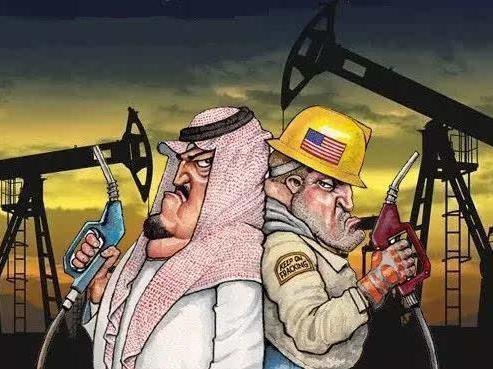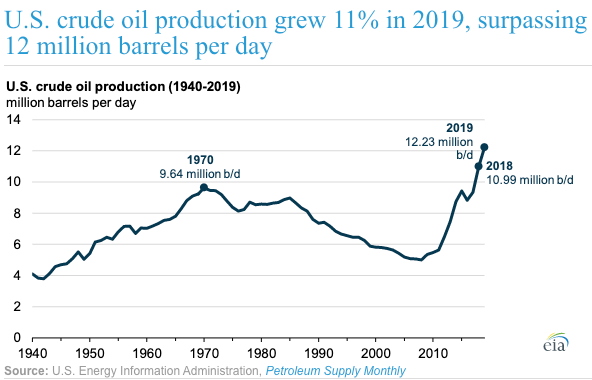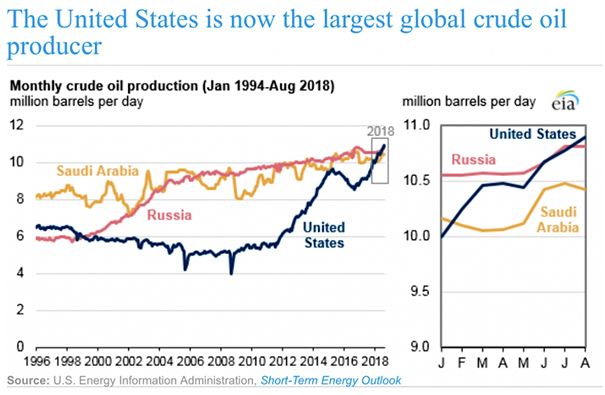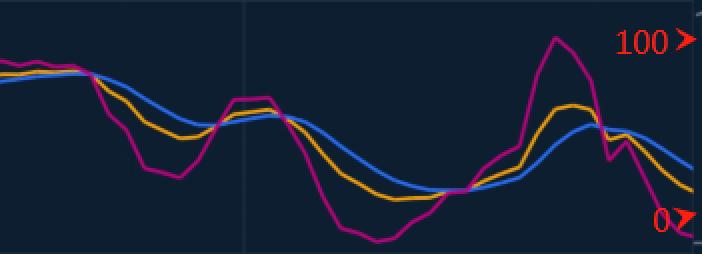
Reduce Output And Price, Now Is The End Of OPEC?
2021-07-08Since the outbreak of COVID-19 in 2020, the global economy has entered a recession, with gold soaring, stock markets tumbling, and oil prices plummeting. Saudi Arabia cut pricing for oil sales to Asia and the U.S. for October shipments, and the reduction exceeded last month.
Global daily oil consumption (total liquid volume) broke the "100 million barrels" mark for the first time in 2019, reaching 10.96 million barrels. It means the global daily consumption is more than 100 million barrels, and the annual consumption is more than 5 billion tons.
Since the outbreak of COVID-19, fuel demand has decreased significantly, while global oil supply has continued to increase.
Global oil consumption has decreased by nearly a quarter due to COVID-19. The global daily oil consumption level in the second quarter of this year was less than 77 million barrels, which is almost 20 years ago.
20th April saw WTI oil prices plunge from $17.85 to -$37.63, more than a 300% drop, the largest one day drop for U.S. crude in history.
The oil prices up and down in history, and various factors impact the oil prices. One of the most critical factors is OPEC.
The Birth of OPEC
The Organization of the Petroleum Exporting Countries (OPEC) is a permanent, intergovernmental Organization created at the Baghdad Conference on September 10–14, 1960, by Iran, Iraq, Kuwait, Saudi Arabia, Venezuela.
Before the OPEC, the Seven Sisters (E Anglo-Iranian Oil Company, Gulf Oil, Royal Dutch Shell, Chevron, ExxonMobil, Socony, Standard Oil Company of New York, and Texaco) controlled the world's oil markets.
In the 1950s, coal was the most critical fuel globally, but oil consumption increased rapidly, and demand continued to grow. In 1959, the United States' Seven Sisters lowered the price of oil produced in Venezuela and the Middle East by 10% to reduce the United States' price.
To counter the U.S. oil monopoly, OPEC was born.
OPEC's 13 members control approximately 30% of global oil supplies and 79.4% of proven reserves. OPEC member nations produce about 42% of the world's crude oil, and OPEC's oil exports account for roughly 60% of the total petroleum traded worldwide.

Impact of OPEC on Oil Prices
Within the OPEC group, Saudi Arabia is the largest crude oil producer in the world and remains the most dominant member of OPEC, with each instance of a cut in oil production by them, resulting in a sharp rise in oil prices, and vice versa.
Additionally, the 'kingdom of Saud' is also the leading exporter of crude oil globally. Since 2000, all historical instances since the 1973 Arab oil embargo indicate that Saudi Arabia has maintained its upper hand in the oil market. It calls the shots in determining crude oil prices by controlling supply.
All major oil price fluctuations in recent history can be clearly attributed to production levels from Saudi Arabia, along with other OPEC nations.
Is it now the end of OPEC?
The success of shale oil and the plunge in oil prices in 2014 are signs that OPEC has declined.
Since 2014, U.S. shale oil has created a boom in domestic crude oil production. Shale oil comprises more than a third of the onshore production of crude oil in the lower 48 states. It drove U.S. oil output from 8.8 million barrels per day in 2014 to a record 12.2 million barrels a day in 2019.
As a result, the United States became the world's largest crude-oil producer.


Today the U.S., Saudi Arabia, and Russia rank among the top three in world oil production.


In November 2014, despite the appeals of other OPEC members to cut production, Saudi Arabia suddenly increased production sharply, trying to defeat U.S. shale oil companies through the competitive increase in OPEC member states. But American shale oil survived strongly by borrowing, and it became more efficient, and production costs were greatly reduced.
During this time, Saudi Arabia's economy is declining rapidly. Saudi Arabia had the highest government deficit in history-98 billion U.S. dollars, accounting for 15% of GDP in 2015.
In 2016, Saudi Arabia led OPEC and Russia to reach an OPEC+ production reduction agreement. Since then, oil prices have steadily rebounded. At the same time, Saudi Arabia has begun to consider taking advantage of high oil prices to list Saudi Aramco to ease domestic financial difficulties.
During this period, OPEC +'s reduction in production has rescued U.S. shale oil again. The production capacity of shale oil has increased sharply by 4 million barrels per day, surpassing Saudi Arabia, and Russia.
So far, the OPEC structure and cohesion continues to divide and elude.
On 8th March 2020, Saudi Arabia initiated a price war with Russia, facilitating a 65% quarterly fall in the price of oil. The price war was triggered by a break-up in dialogue between the Organization of the Petroleum Exporting Countries (OPEC) and Russia over proposed oil-production cuts in the midst of the COVID-19 pandemic. Russia walked out of the agreement, leading to the fall of the OPEC+ alliance.
While past oil shocks have been driven by either supply or demand, the price collapse of 2020 is highly unusual in oil market history: It results from a massive demand shock and a huge supply overhang at the same time.
 English
English
 TIẾNG VIỆT
TIẾNG VIỆT
 简体中文
简体中文
 Malay
Malay
 Español
Español
 Deutsch
Deutsch
 Italiano
Italiano
 Français
Français
 Indonesia
Indonesia


